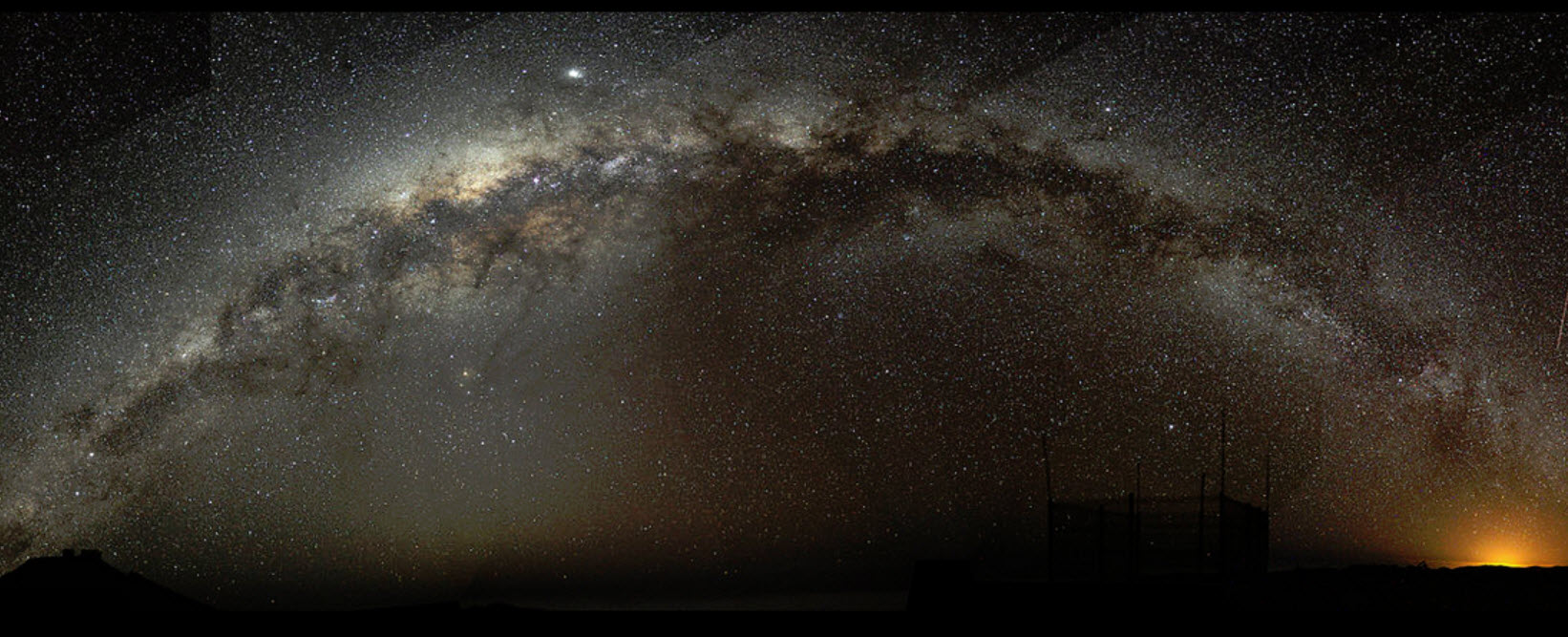Milky Way may have 100 million life-giving planets
June 5, 2014
There are some 100 million other places in the Milky Way galaxy that could support life above the microbial level, reports a group of astronomers in the journal Challenges (open access), based on a new computation method to examine data from planets orbiting other stars in the universe.
“This study does not indicate that complex life exists on that many planets; we’re saying that there are planetary conditions that could support it, according to the paper’s authors*. “Complex life doesn’t mean intelligent life — though it doesn’t rule it out or even animal life — but simply that organisms larger and more complex than microbes could exist in a number of different forms,” the researchers explain.
The scientists surveyed more than 1,000 planets and used a formula that considers planet density, temperature, substrate (liquid, solid or gas), chemistry, distance from its central star and age. From this information, they developed and computed the Biological Complexity Index (BCI).
The BCI calculation revealed that 1 to 2 percent of the planets showed a BCI rating higher than Europa, a moon of Jupiter thought to have a subsurface global ocean that may harbor forms of life. With about 10 billion stars in the Milky Way galaxy, the BCI yields 100 million plausible planets.
The authors cite one study that suggests that “some exoplanets may be more optimally suited for life than Earth. … Such ‘superhabitable’ worlds would likely be larger, warmer, and older, orbiting dwarf stars.”
“It seems highly unlikely that we are alone,” say the researchers. “We are likely so far away from life at our level of complexity that a meeting with such alien forms might be improbable for the foreseeable future.”
* Alberto Fairén, Cornell research associate; Louis Irwin, University of Texas at El Paso (lead author); Abel Méndez, University of Puerto Rico at Arecibo; and Dirk Schulze-Makuch, Washington State University.
Abstract of Challenges paper
Rational speculation about biological evolution on other worlds is one of the outstanding challenges in astrobiology. With the growing confirmation that multiplanetary systems abound in the universe, the prospect that life occurs redundantly throughout the cosmos is gaining widespread support. Given the enormous number of possible abodes for life likely to be discovered on an ongoing basis, the prospect that life could have evolved into complex, macro-organismic communities in at least some cases merits consideration. Toward that end, we here propose a Biological Complexity Index (BCI), designed to provide a quantitative estimate of the relative probability that complex, macro-organismic life forms could have emerged on other worlds. The BCI ranks planets and moons by basic, first-order characteristics detectable with available technology. By our calculation only 11 (~1.7%) of the extrasolar planets known to date have a BCI above that of Europa; but by extrapolation, the total of such planets could exceed 100 million in our galaxy alone. This is the first quantitative assessment of the plausibility of complex life throughout the universe based on empirical data. It supports the view that the evolution of complex life on other worlds is rare in frequency but large in absolute number.

